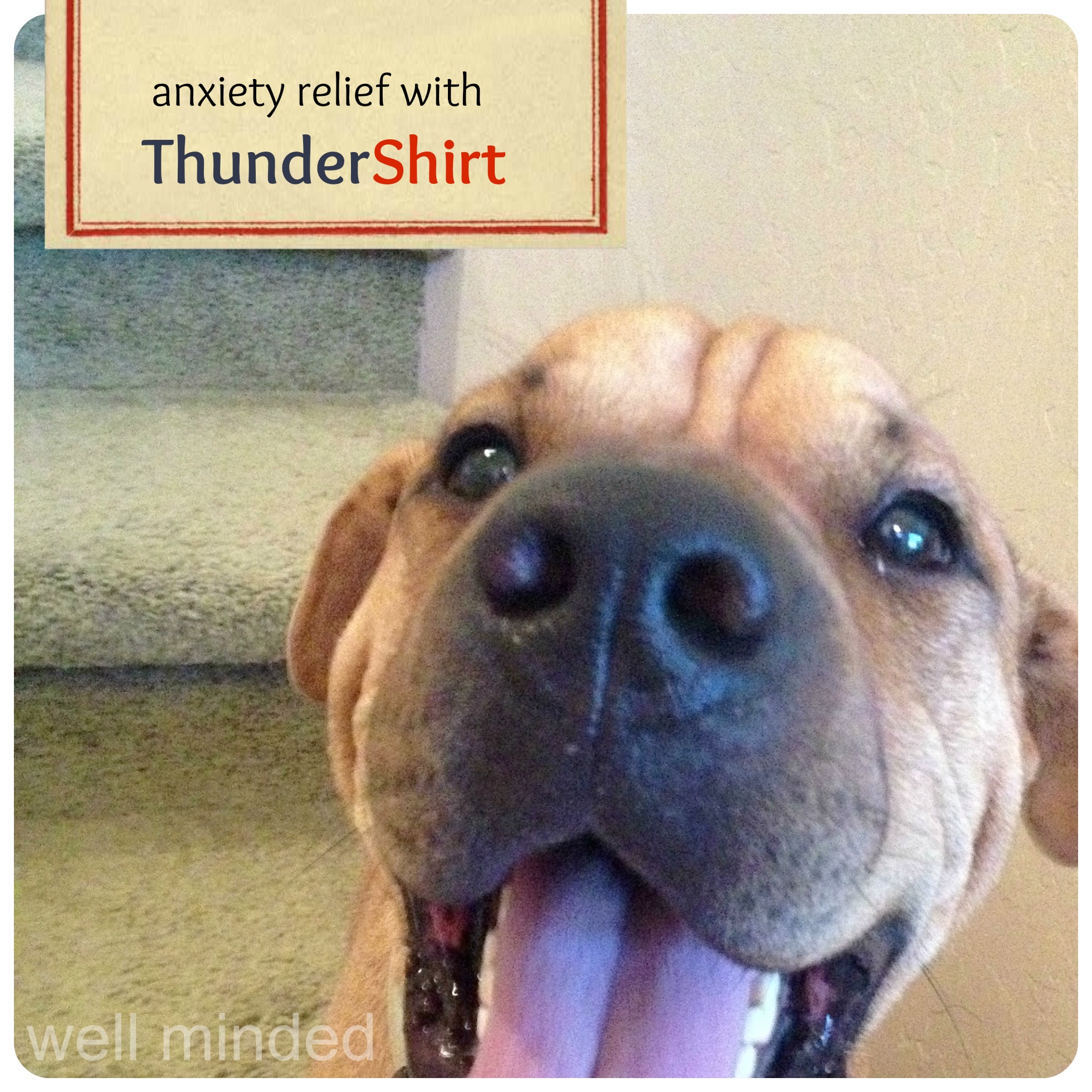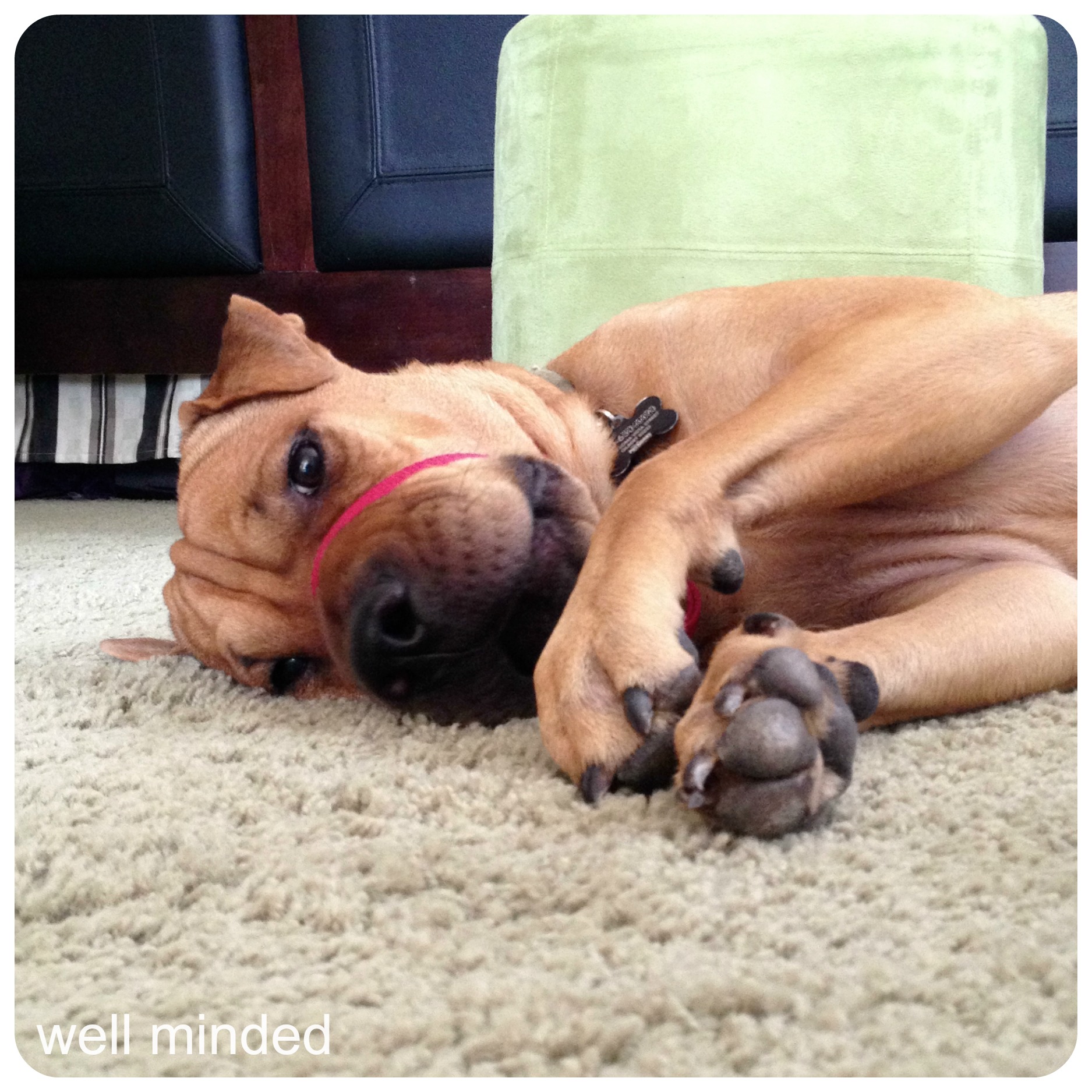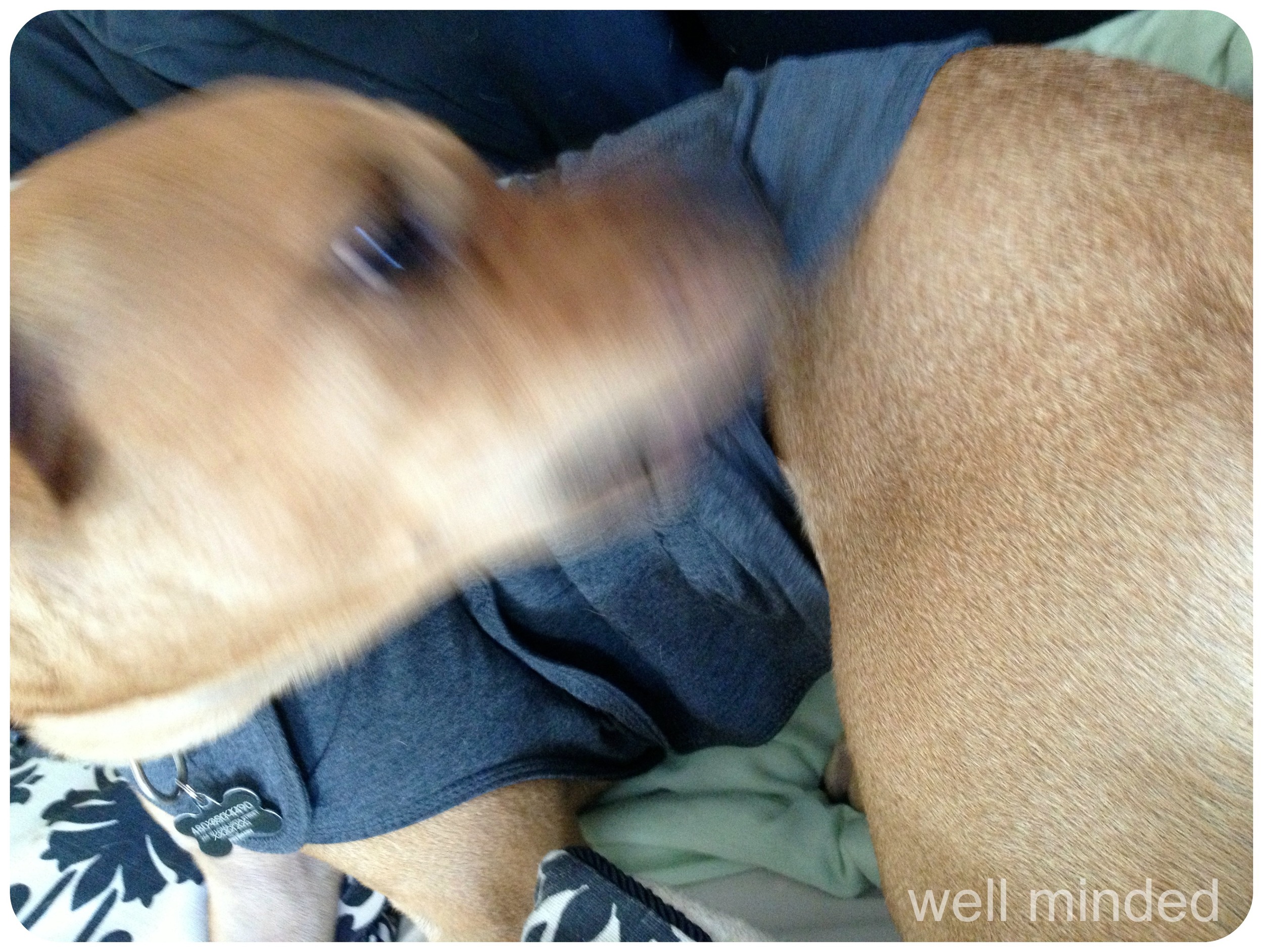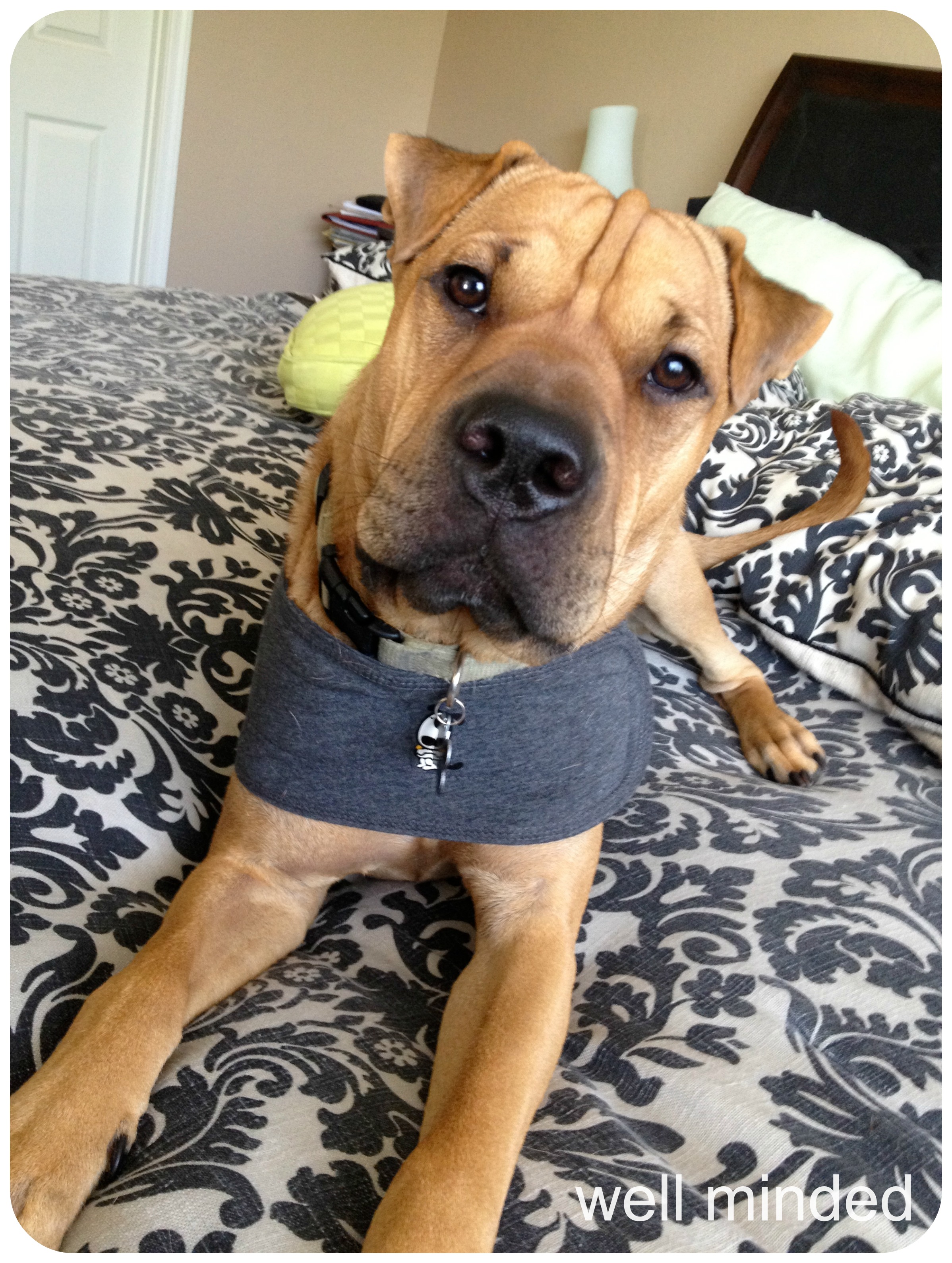Melaleuca (alternifolia) essential oil, aka tea tree oil, is a staple in our family's medicine cabinet for the pets as well as the humans. I use it primarily for its antiseptic purposes, but it also benefits the skin, in general, and supports immunity. Best of all, it is completely natural and highly effective, which, in my book, makes it a much better choice than traditional over-the-counter topical medications. I don't know what I'd do without it! One challenge in treating pets with topical solutions is that if they can reach it, they'll lick it. And it feels like they can reach just about every part of their bodies. You know what I mean?
Melaleuca oil is a great fix for this problem because it won't harm them if they lick the treated area. It also tends to "soak in" and stay where is is supposed to, so even if your pooch or kitty decides to take matters into his own paws...er...tongue, the treatment can still be effective.
Though melaleuca oil is a natural way to heal and care for pets, it is strong, so it usually needs to be diluted. Any carrier oil will work, but I would highly recommend coconut oil for it's lightness and innate benefits to the skin. Some applications recommend another type of carrier oil, such as olive oil or jojoba oil.
Always be sure to test a small area of your pet's skin with a highly diluted mixture to be sure he is not sensitive to melaleuca oil. Cats tend to be more sensitive to it than dogs, so start testing felines with a very diluted mixture.
The following solutions can be used as a guideline:
So how can melaleuca oil help your dog or cat?
Arthritis: Though your arthritic animal should be evaluated by a veterinarian, you may be able to provide some immediate relief by combining 1-2 drops of melaleuca oil with 1 teaspoon of jojoba oil. Gently massage the affected area, and, if your pet will tolerate it, apply a heating pad (on low setting to prevent burning). You can also use this method for minor sprains.
Cuts and minor skin abrasions: Melaleuca oil can be applied ("Recommended Melaleuca Oil Dilutions for Pets") 2-3 times a day directly to the wound to aid in healing. This also helps prevent infection. If the wound has already become infected, keep applying the oil for seven days. Alternatively, your pet's wound can be bathed with an antiseptic wash. Just add 2-3 drops of melaleuca oil mixed with 3 drops of the carrier oil. Add to a warm bowl of water and stir well. The wash can be applied with a cotton ball twice a day.
Flea repellant: Mix 3-5 drops of melaleuca oil with 1 1/2 cup of carrier oil (jojoba is recommended so that it doubles as a coat conditioner). Store the mixture in a dark glass container in a cool place. In between bathing, sprinkle a few drops over the coat, especially around the neck and either comb through or sponge over the fur.
Dermatitis: Small areas of dermatitis can be treated with the solution mixture recommended above, ("Recommended Melaleuca Oil Dilutions for Pets").
Ear infection: Mix 1-2 drops of melaleuca oil with 2 teaspoons of olive oil. Warm the mixture (be sure it's just warm...not hot), and, using a dropper, apply 1-2 drops inside the ear (do not insert the dropper in the animal's ear). Massage the affected ear, and try not to let your pet shake his head, or the drops may come out. Do this twice a day until the infection is gone.
Ear mites: Mix 1-2 drops of melaleuca oil with 2 teaspoons of olive oil. Using a cotton ball, apply a couple of drops by wiping the inside of the ear. This can be done once a week for ear mite prevention, if you pet is prone to ear mites.
Hot spots: Hot spots can be effectively treated with the solution mixture recommended above, ("Recommended Melaleuca Oil Dilutions for Pets").
Insect bites & stings: If a stinger is present, carefully remove it. Apply the solution mixture recommended above ("Recommended Melaleuca Oil Dilutions for Pets") with a cotton swab.
Mange or rash: Apply the solution mixture recommended above ("Recommended Melaleuca Oil Dilutions for Pets"). This will help with itching and inflammation. Apply twice a day.
Matted coat: Should your pet's coat become matted, which can often happen in animals with long, fine hair, wet the matted hair with 1 drop of melaleuca oil mixed with 1/2 teaspoon of carrier oil. Rub the solution into the matted area and try to de-matt with a comb. Try to gently pull the matt away from the skin so it can be cut without creating a bald spot or damaging the skin.
Mouth sore: Combine 3-6 drops of Melaleuca oil with 1/2 teaspoon of olive oil and warm water. Apply directly to the sore for faster healing and to alleviate pain. This is most effectively done with your finger, in my opinion.
Warts: If your animal tolerates diluted melaleuca oil, you can apply 1-2 drops of straight oil directly on a wart with a cotton swab. This can help with pain and itching, if it is present. This can be done for several weeks...patience is required. Some types of warts will not respond to melaleuca oil, but if the wart is bothersome, it's certainly worth a try.
High-quality Melaleuca oil is available from most reputable herbalists and natural health stores, and anywhere quality essential oils are sold. I purchase the highest-quality T36-C5 oil from Melaleuca, the wellness company, where excellent discounts can be had with a preferred customer membership. Many of the recipes I use regularly come from R.M. Barry's Melaleuca: The Wellness Guide.
Though I don't shun traditional medicine completely, holistic healing is the first route I take for my family, including my pets. Melaleuca oil is at the foundation of our methods, and is something I recommend to my friends and pet sitting clients with confidence.
How have you used Melaleuca oil to help heal your pets?
On the second Wednesday of each month, I contribute an article on holistic pet care at Hybrid Rasta Mama, a fantastic blog that offers information and insights on conscious parenting, natural living, holistic health, real food, and coconut oil. This post was featured last month.
Please visit me there today to read ThunderShirt Helps Dogs Find Anxiety Relief the Natural Way. Leave me some love! XO
Disclaimer: This article is not meant as a substitution for veterinary care or professional holistic animal care. Please consult your veterinarian or pet care health professional before embarking on any new treatment plan.

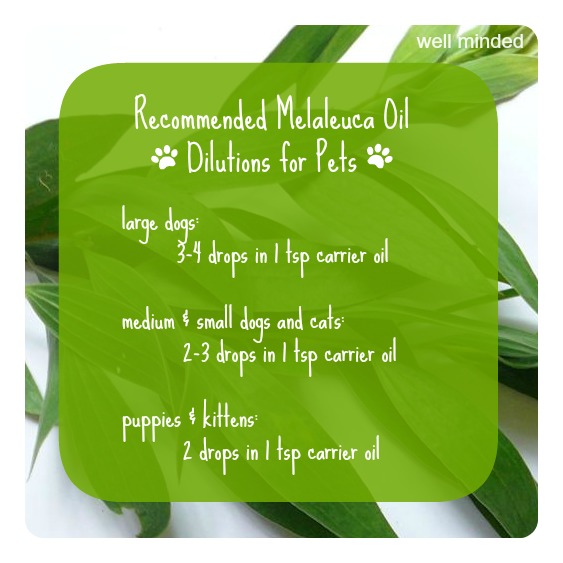
 Unbelievable, right?
Unbelievable, right?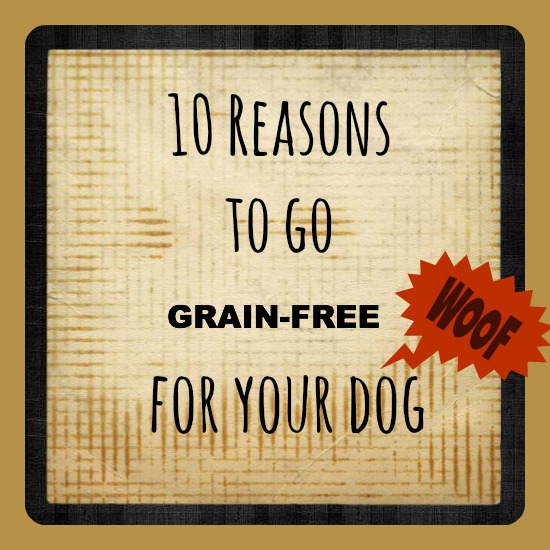 As with just about everything these days, whether or not to put your dog on a grain-free diet is hotly debated, as is every argument within the debate. We should feel lucky that we have so many high-quality options when it comes to providing nourishment for our canine family members. Though there are many options out there, and you should always choose a diet for your dog based on your dog's individual needs, providing a high-quality, grain-free diet like
As with just about everything these days, whether or not to put your dog on a grain-free diet is hotly debated, as is every argument within the debate. We should feel lucky that we have so many high-quality options when it comes to providing nourishment for our canine family members. Though there are many options out there, and you should always choose a diet for your dog based on your dog's individual needs, providing a high-quality, grain-free diet like 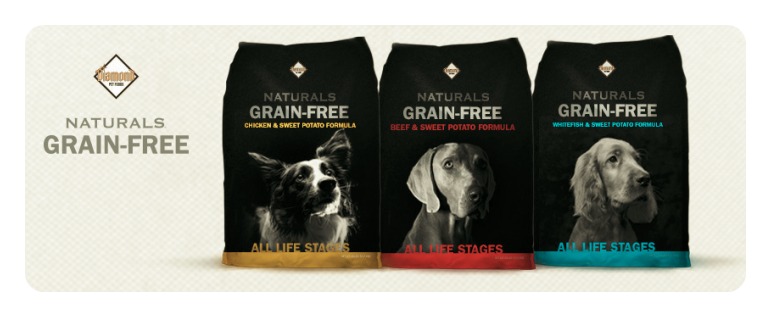 Diamond Naturals Grain Free has three high-protein grain-free choices. Beef & Sweet Potato, Chicken & Sweet Potato, and Whitefish & Sweet Potato. Real beef, chicken, and fish protein sources not only provide your dog with the energy he needs, but are a natural source of amino acids. And the sweet potato provides complex carbohydrates so your dog can keep his energy level up throughout the day. The fruits and vegetables in each variety are a great source of antioxidants and fiber for optimal health.
Diamond Naturals Grain Free has three high-protein grain-free choices. Beef & Sweet Potato, Chicken & Sweet Potato, and Whitefish & Sweet Potato. Real beef, chicken, and fish protein sources not only provide your dog with the energy he needs, but are a natural source of amino acids. And the sweet potato provides complex carbohydrates so your dog can keep his energy level up throughout the day. The fruits and vegetables in each variety are a great source of antioxidants and fiber for optimal health.
